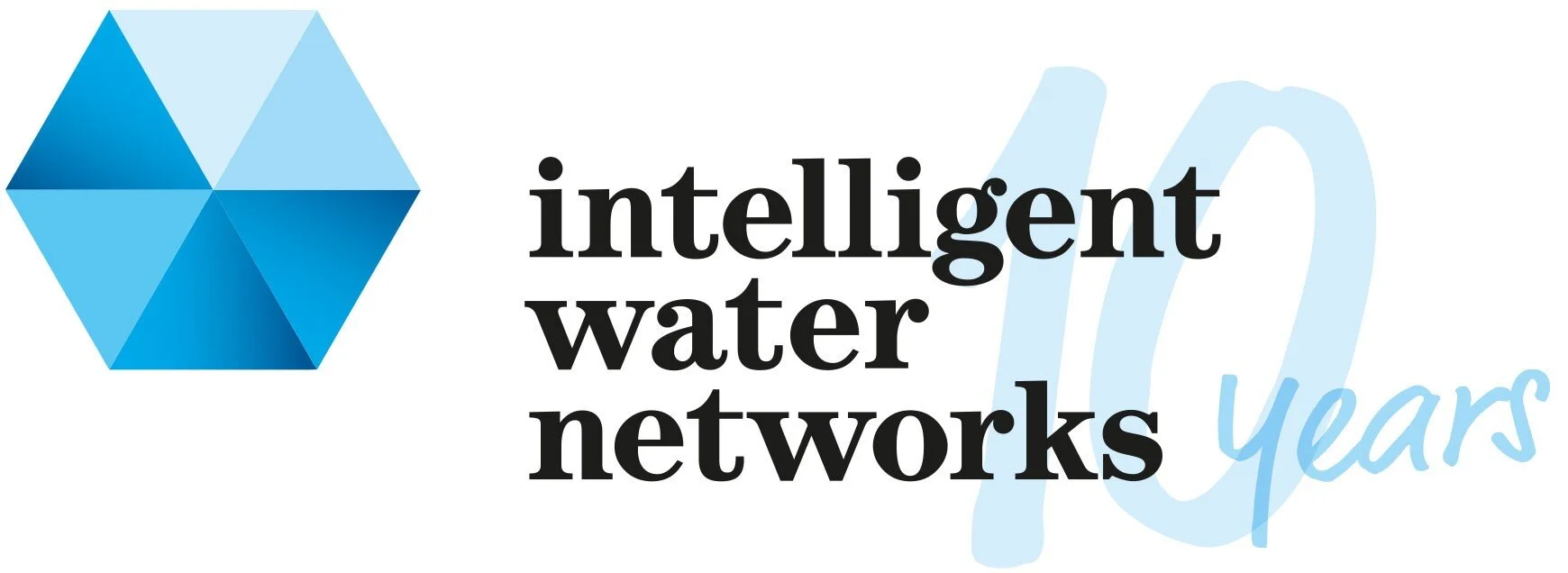Nutrient Removal/Recovery Project
BACKGROUND
The current waste water nutrient removal process is responsible for significant chemical, energy and maintenance cost issues at waste water treatment plants (WWTPs) with anaerobic digestion. Researchers from Victoria University (VU) have developed new techniques to enhance Nitrogen (N) and Phosphorous (P) capture, with the intention of improving water treatment efficiency, reducing energy consumption and enriching the nutrient content of biosolids.
DESCRIPTION OF TRIAL
Central Highlands Water (CHW) aims to conduct an 8-week trial of VU’s innovative nutrient capture process at the Ballarat South Waste Water Treatment Plant.
Currently, P is recovered by dosing the belt press filtrate with lime to cause precipitation. The filtrate is returned to the head of works, where denitrification requires aeration by blowers to create nitrates that can be digested by microbes. The blowers consume large amounts of electricity. VU’s technology is designed to capture and recover the N and P within the biosolid stream before it is returned to the head of works.
There are two options for the trial of VU’s technology:
1. Recover P as calcium phosphate, using the existing lime dosing process, then extract N as concentrated ammonium.
2. Recover all P and some N by dosing with magnesium (in place of lime) to create struvite (a crystalline mineral), and then capture the remaining N as ammonium.
In both cases, the captured N and P would be added to the plant’s biosolids output to create a more nutrient-rich product.
The main benefits anticipated from using VU’s technology are improved efficiency, reduced energy consumption and emissions, and recovery of valuable resources.
Performance targets for the trial include:
· Reduce energy consumption and emissions by 40%
· Recover N as ammonium at 0.84t/ML (zero is currently recovered), and
· Recover P as struvite at 0.06t/ML (zero is currently recovered).
CURRENT STATUS OF TRIAL
Both approaches achieved removals of P and N of >90% when trialled separately. The vacuum membrane distillation (VMD) demonstrated electrical cost savings for N removal. The crystalliser demonstrated > 90% P removal along with >30% N removal. This is a promising technology that appears ready for adoption with some civil and electrical and mechanical modifications to the current plant at the Ballarat South Waste Water Treatment Plant. The technology could also be adopted by other Victorian Water Authorities.
Both the crystalliser for P and N removal and the VMD for N recovery are technically feasible and are alternatives to current nutrient removal practice. However further tests, cost analysis and engineering designs are recommended for scaling up to full scale operations.
Central Highlands Water is not in position to progress the project any further due to alternative priorities, while Melbourne Water found that the process is not cost effective for large systems due to poor scaling. However, North East Water are0- currently investigating a high level business case.
